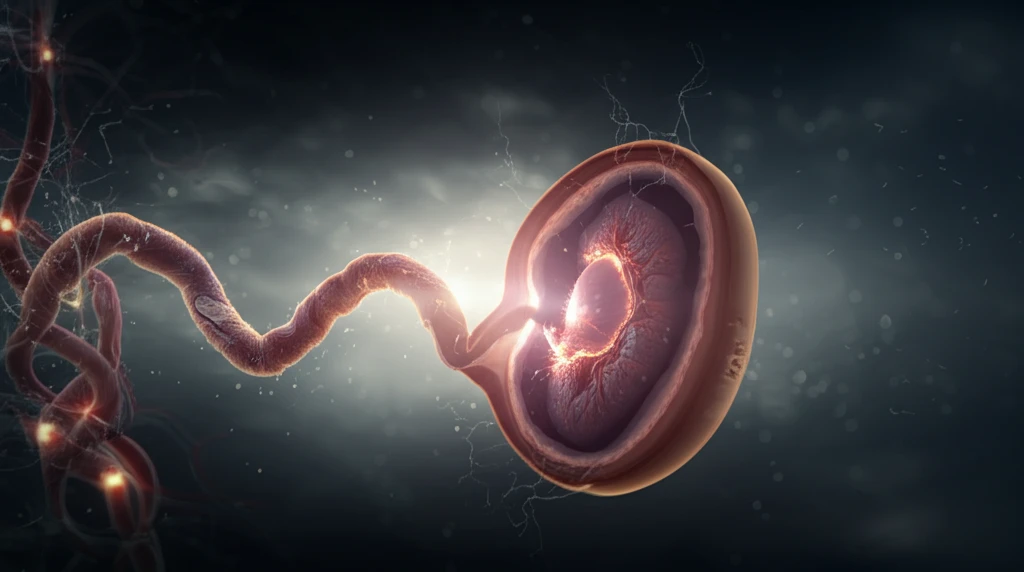
Unlocking the Secrets of Your Baby's Heart: A Guide to Fetal Coronary Artery Development
"Understanding how your baby's heart develops in the womb can ease anxieties and empower you to make informed choices."
Pregnancy is a journey filled with wonder, excitement, and perhaps a few anxieties along the way. One of the most crucial developments during this time is the formation of your baby's heart. Understanding the intricacies of this process, particularly the development of the coronary arteries, can provide reassurance and empower you to make informed decisions about your prenatal care.
The coronary arteries are the heart's lifeline, responsible for supplying oxygen-rich blood to the heart muscle itself. In adults, coronary artery disease is a major health concern, but what about these arteries in a developing fetus? How do they form, and what factors influence their growth? Research into fetal coronary artery development offers valuable insights that can one day improve outcomes for babies born with heart conditions.
This article dives into the fascinating world of fetal coronary artery development, translating complex scientific findings into easy-to-understand information for expectant parents. We'll explore the stages of development, common variations, and the significance of these findings for your baby's health.
The Heart's Early Blueprint: How Coronary Arteries Develop in the Womb

The formation of the coronary arteries is a carefully orchestrated process that begins in the third week of gestation. It involves a series of events, including vasculogenesis (the formation of new blood vessels), angiogenesis (the sprouting of new vessels from existing ones), arteriogenesis (the growth of arteries), and remodeling. Think of it as a complex construction project with precisely timed stages.
- Week 3: Formation of the initial capillary network begins.
- Weeks 4-8: The right coronary artery (RCA) and left coronary artery (LCA) start to emerge.
- Weeks 9-20: The branching patterns of the coronary arteries become more defined.
- Weeks 20+: The coronary arteries continue to grow and mature alongside the developing heart.
Empowering Parents Through Knowledge
Understanding the development of your baby's coronary arteries can be a source of reassurance during pregnancy. While variations in coronary artery anatomy are common and usually harmless, awareness of potential issues allows for timely monitoring and intervention if necessary. By staying informed and working closely with your healthcare provider, you can ensure the best possible outcome for your baby's heart health.
